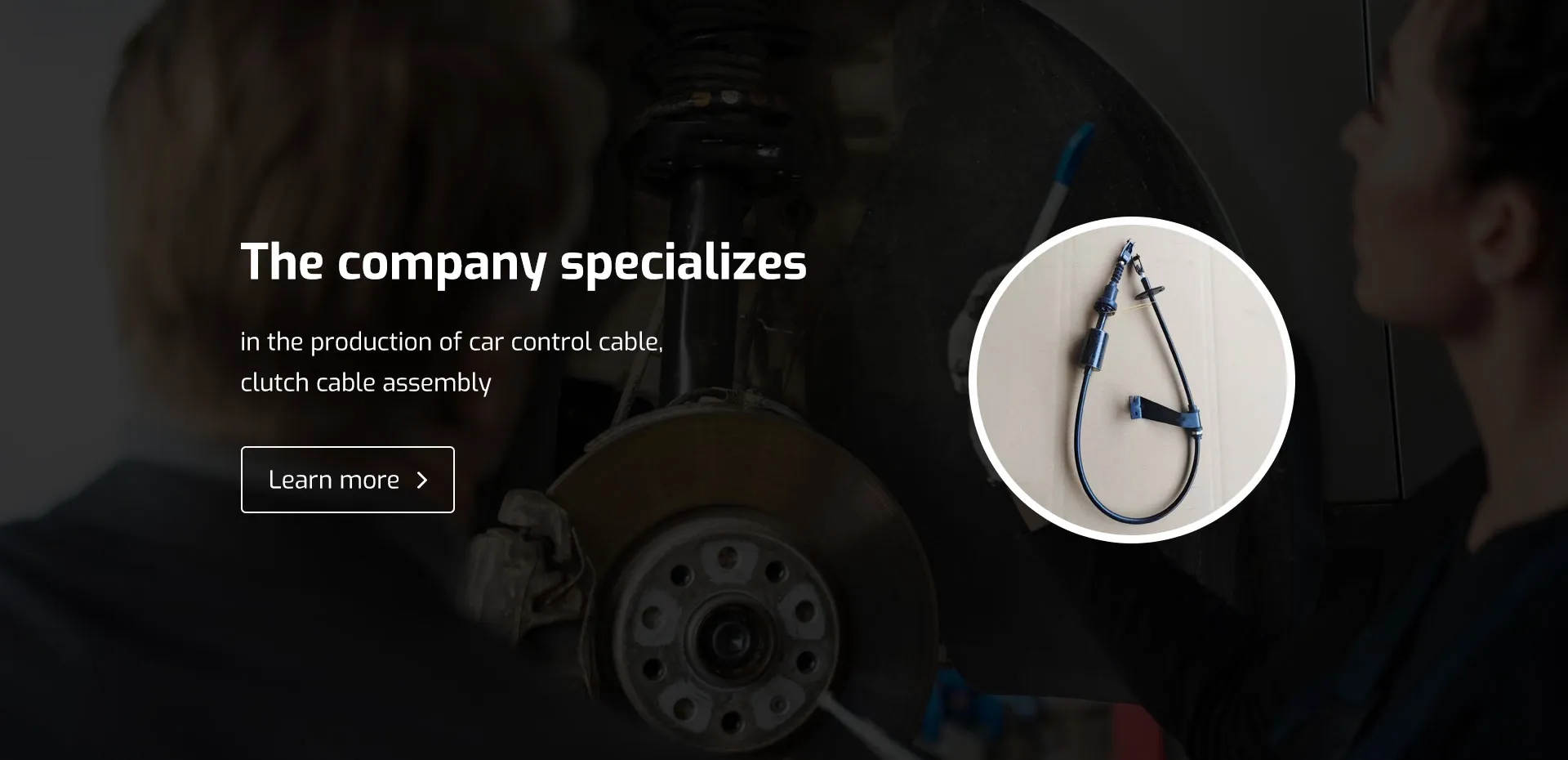line shaft clutch
The Line Shaft Clutch A Vital Component in Mechanical Systems
In the ever-evolving world of machinery and industrial systems, the importance of efficient power transmission cannot be overstated. Among the many components that facilitate this process, the line shaft clutch stands out as a pivotal element. This article explores the fundamental design, function, and applications of line shaft clutches, along with their benefits and considerations in various industries.
Understanding the Line Shaft Clutch
A line shaft is a long rotating shaft that transmits power to various machines and components within an industrial setting. It acts as a central point of energy transfer, distributing mechanical energy from a single power source to multiple users, such as conveyor belts, fans, and other machinery. The line shaft clutch plays a crucial role in this system by engaging and disengaging the connection between the power source and the driven components.
Typically, a line shaft clutch consists of two main components a driving component connected to the line shaft and a driven component attached to the machine that requires power. These components are designed to engage when power transmission is needed and disengage when it is not. This capability allows for greater flexibility and control within mechanical systems, enabling individual machines to operate independently without the need for stop-and-start operations of the entire system.
Types of Line Shaft Clutches
Line shaft clutches can be classified into several types based on their operating mechanisms, including
1. Mechanical Clutches These rely on friction to engage and disengage the driving and driven components. Common examples are cone clutches and disc clutches.
2. Pneumatic Clutches Utilizing compressed air, these clutches provide a quick response for engagement and disengagement, making them suitable for applications that require rapid cycling.
3. Electromagnetic Clutches These clutches use electromagnetic force to engage or disengage the connection. They offer precise control and are often used in applications where smooth startup and stop are crucial.
4. Hydraulic Clutches Employing hydraulic fluid, these clutches provide powerful engagement and are commonly found in industries that require heavy-duty operations.
Advantages of Using Line Shaft Clutches
The adoption of line shaft clutches in industrial applications brings several advantages
1. Energy Efficiency By allowing machines to disengage when not in use, line shaft clutches reduce unnecessary energy consumption, contributing to lower operational costs.
line shaft clutch

2. Flexibility They enable independent operation of various machines connected to the same line shaft. This flexibility allows for enhanced production schedules and responsiveness to fluctuating demands.
3. Reduced Wear and Tear By managing the engagement and disengagement of power transmission, clutches minimize wear and tear on machinery, leading to longer equipment lifespans.
4. Safety In the event of an overload or mechanical failure, the clutch can disengage, preventing potential damage to the machinery and ensuring operator safety.
Applications in Industry
Line shaft clutches find applications across various industries, including
- Manufacturing In assembly lines, line shaft clutches enable machinery to operate independently, allowing for smoother workflows and increased productivity.
- Textile Industry Textile machines often use line shaft clutches to control weaving equipment, enabling precise operation and synchronization.
- Food Processing In food processing plants, these clutches help manage conveyor systems efficiently, ensuring that production continues without interruption.
- Mining and Heavy Equipment In heavy machinery, line shaft clutches provide the durability needed to handle the demanding conditions of mining operations.
Considerations for Implementation
While line shaft clutches offer numerous benefits, companies should consider several factors when implementing these systems. Proper sizing and selection are critical to ensure that the clutch can handle the application's specific torque and load requirements. Regular maintenance is also essential to avoid failures and ensure optimal performance. Additionally, understanding the unique demands of each production environment can guide the selection of the appropriate type of clutch.
Conclusion
The line shaft clutch is a vital component of mechanical systems, enabling efficient power transmission, enhancing equipment operation, and contributing to energy savings. As industries continue to seek ways to improve productivity and reduce costs, the importance of line shaft clutches will remain significant. By understanding their design, function, and applications, businesses can harness the full potential of these mechanical wonders, paving the way for innovative solutions in the manufacturing landscape.
-
Workings of Clutch Pipe and Hose SystemsNewsJun.04,2025
-
The Inner Workings of Hand Brake Cable SystemsNewsJun.04,2025
-
The Secrets of Throttle and Accelerator CablesNewsJun.04,2025
-
The Hidden Lifeline of Your Transmission Gear Shift CablesNewsJun.04,2025
-
Demystifying Gear Cables and Shift LinkagesNewsJun.04,2025
-
Decoding Clutch Line Systems A Comprehensive GuideNewsJun.04,2025
